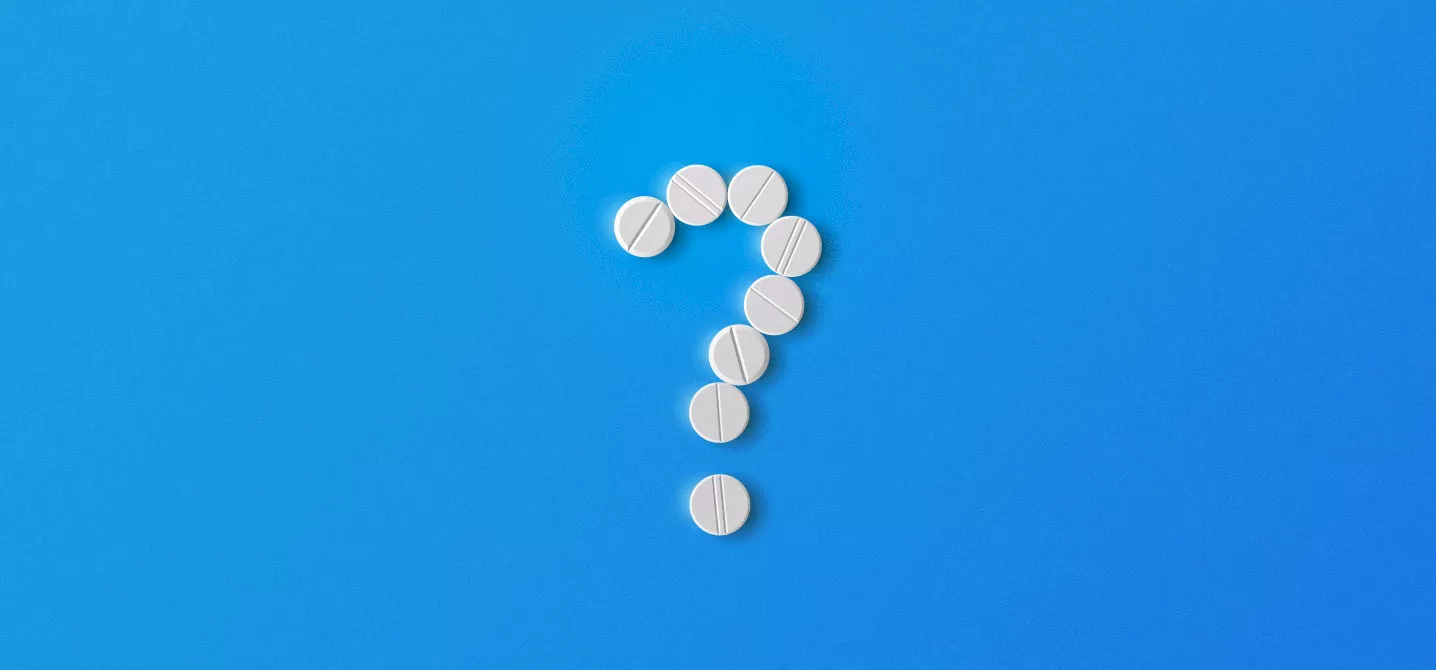Orphan Drug Designation: What Does it Mean?

Background
In the early 1980s, few drugs were being developed for rare diseases as the small number of patients made it difficult for companies to recoup the costs of drug development, let alone make a profit. With an estimated 7,000 rare diseases affecting 25-30 million Americans, Congress determined that laws needed to be enacted to provide incentives for companies to develop drugs for rare diseases.
The Orphan Drug Act (ODA) was passed in the United States in 1983, to provide incentives that would stimulate the development of new therapies for rare diseases. These include:
- Seven-years of market exclusivity where another sponsor cannot market the same drug for the same orphan disease in the US
- A waiver of application of user-fees (in 2017 this costs $2,038,100 per application)
- A 50% tax credit for qualified clinical testing expenses
To date, 4,018 drugs have received orphan drug designation and 595 orphan drugs have been FDA approved and are on the market. The ODA has generally been heralded as a tremendous success in bringing drugs to patients in need that may have otherwise not been developed. However, there are still no effective therapeutics for the majority of rare diseases and much work remains to be done.
Obtaining Orphan Drug Designation
To obtain an orphan drug designation, a sponsor must demonstrate two things.
- That the disease affects less than 200,000 persons in the US. Since there are only ~15,000 persons with Rett Syndrome in the US, every drug application for the treatment of Rett will meet this requirement.
- The second requirement is that the sponsor must establish a medically plausible basis for expecting the drug to be effective. This is a vague term that is commonly referred to as a drug demonstrating “promise.” For establishing promise, the FDA Office of Orphan Products Development will consider drug data from human clinical trials or case reports; pre-clinical (animal) data or even in vitro data (basic research). At times promise can even be shown with just a review of existing data from published scientific literature. Of note is that the results do not need to reach statistical or clinical significance. Overall, the bar to show “promise” is set pretty low. Families should therefore not assume that orphan drug designation is an FDA endorsement of benefit of any given drug.
Multiple drugs can have orphan drug designation for the same disease at the same time.
Orphan Drug Designation vs FDA Approval Process
Orphan drug designation should not be confused with the FDA drug approval process. The regulatory criteria for the FDA drug approval process are designed to ensure that drugs are clinically proven to be safe and effective before they can be marketed. As such, it is a high bar requiring robust studies and significant therapeutic benefits.
The criteria for orphan drug designation are not designed to assess safety or efficacy in the same sense. Orphan drug designation simply determines a company’s qualification to receive the incentives provided under the Orphan Drug Act.
Final Thoughts
Obtaining orphan designation is newsworthy and is an important milestone that provides significant drug development, business and financial incentives. Orphan designation is particularly important in helping small companies gain interest from investors to pursue development of a rare disease drug. However, FDA orphan drug designation is not in any way an affirmation by the FDA of a drug’s current or future chances for efficacy.
*My co-author, Scott Freeman, PhD, was formerly a reviewer in the FDA Office of Orphan Product Development and is now Associate Director, Regulatory Intelligence & Research Lead at Shire. Although Shire is a global leader in rare diseases, the company is not currently involved in any Rett Syndrome research or drug development.


